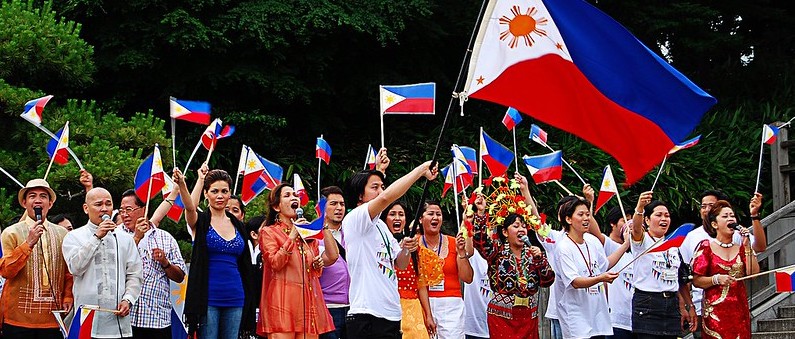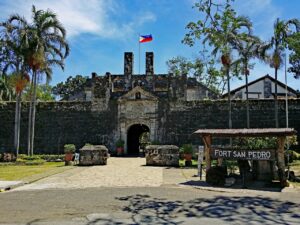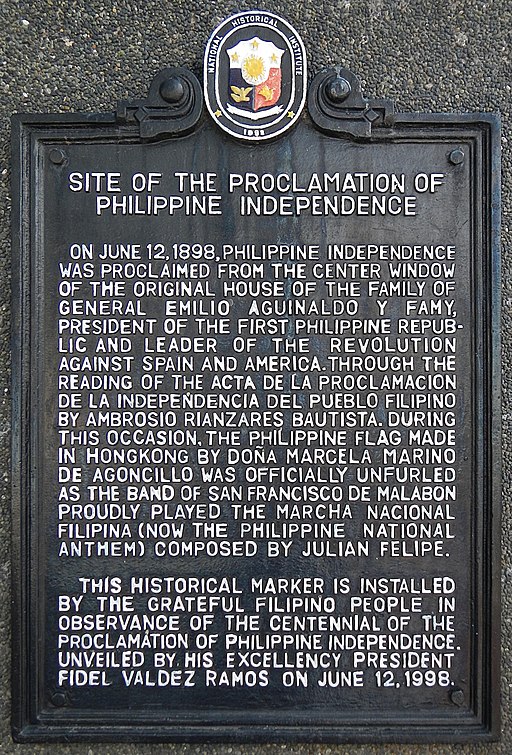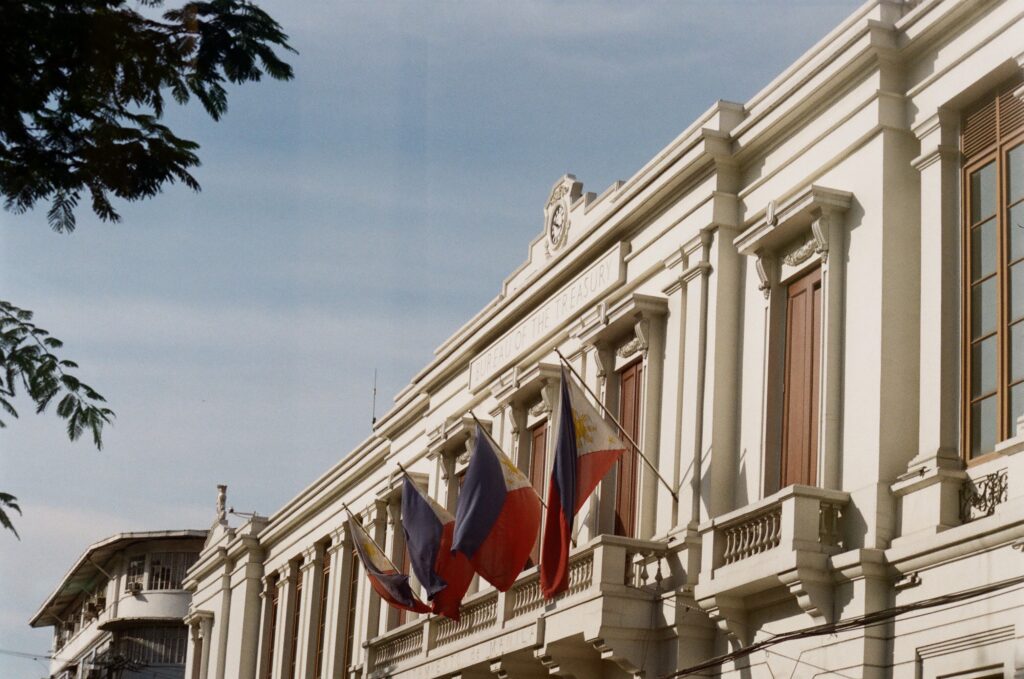Brief History of the Philippines
June 21, 2021

In honor of Philippines Independence Day on June 12, it is important to look back on the trajectory of the Philippines. The history of the Philippines is marked by an uneven journey for self-determination.
The first European to make contact with the Philippines was a Portuguese sailor in 1521 named Ferdinand Magellan who was exploring on behalf of the Spanish empire. The first permanent Spanish settlement in the Philippines wasn’t established until 1565. Six years later, the Spanish set up their capital in Manila. The Spanish focused a lot of their efforts on converting locals to Christianity. Islam during this time was a major religion in the Philippines, a result of Middle Eastern citizens trading with Filipinos in the 14th and 15th centuries. Spain’s close attachment to Christianity caused those who remained a part of the Islam faith to be isolated from society. Many social and political institutions were directly religious or closely linked with Christianity and helped Spain keep control of the country. However, this strong Spanish rule in the Philippines did not last forever.

In 1756 during the Seven Years War, British East India Company forces captured Manila. While the Philippines were returned to Spain following the war, Spanish rule over the Philippines was forever weakened. With the rise of immigrants into the Philippines and the influx of new ideas, a growing tide of nationalism took over the country. One of the biggest leaders of the nationalist movement was Jose Rizal. His books and writing are known for enlightening large amounts of Filipinos on the potential of a reformed and independent nation. In 1896, he was eventually captured and executed by the Spanish government after being accused of being part of the widespread revolutionary independence group, the Katipunan. With the death of Rizal, Emilio Aguinaldo started a revolution for independence but was defeated and forced into exile in Hong Kong in December of 1897.
In 1898 the Spanish-American War began and changed a lot for the Philippines. When the Spanish lost Manila to America in 1898, Aguinaldo returned with 12,000 troops. Aguinaldo declared independence from Spain on June 12, 1898. While Aguinaldo’s declaration of independence on behalf of the Philippines was a historical moment that is celebrated on an annuals basis as Independence Day, in reality, full independence would not be recognized till close to 50 years later. Upon Spain’s complete loss in the Spanish-American War, the Treaty of Paris was signed on December 10, 1898, which sold the Philippines to the U.S. With differing perspectives on the future of the Philippines hostility between U.S. forces and Aguinaldo arose, and by 1901 Aguinaldo was captured.

U.S. rule over the Philippines was consistent with previous colonial rule but also provided the country with protection and preparing it for independence. The U.S. set up political institutions to govern the island and, while Filipinos created parties centered around independence, they worked with the US to help develop the nation. In 1934 the U.S. signed legislation to grant a 10-year transition period for the Philippines to gain independence. Following the passing of this legislation, a constitution was created, and a president and vice president were elected. This transition plan was cut short by the invasion of the Philippines by Japan at the outset of World War 2 in 1941. Japan’s occupation of the Philippines created incredibly difficult conditions for the citizens of the nation. Filipinos especially had trouble with the establishment of military bases which heavily interrupted Filipino citizens way of life during World War 2. After years of war and bloodshed in 1945 Japan surrendered to the U.S. Following the surrender of Japan, the U.S. reinstalled the pre-war government and on July 4th of 1946, the Philippines was officially granted independence.

After so many struggles with colonization and occupation, the Philippines finally gained national independence. Filipinos have a history of fighting for their personal independence. For many, personal independence is a function of economic independence which is hard to attain without access to credit or financial institutions. That is why Wisconsin Microfinance continues to raise money and create partners in the Philippines to provide microloans in rural areas with very little access to other financial services. By helping individuals take charge of their lives, we are also helping them have more of a say in their community and society. Our recipients have always been strong individuals and entrepreneurs at heart, but the microloans granted through Wisconsin Microfinance have given them the tools to become truly independent and self-sufficient.